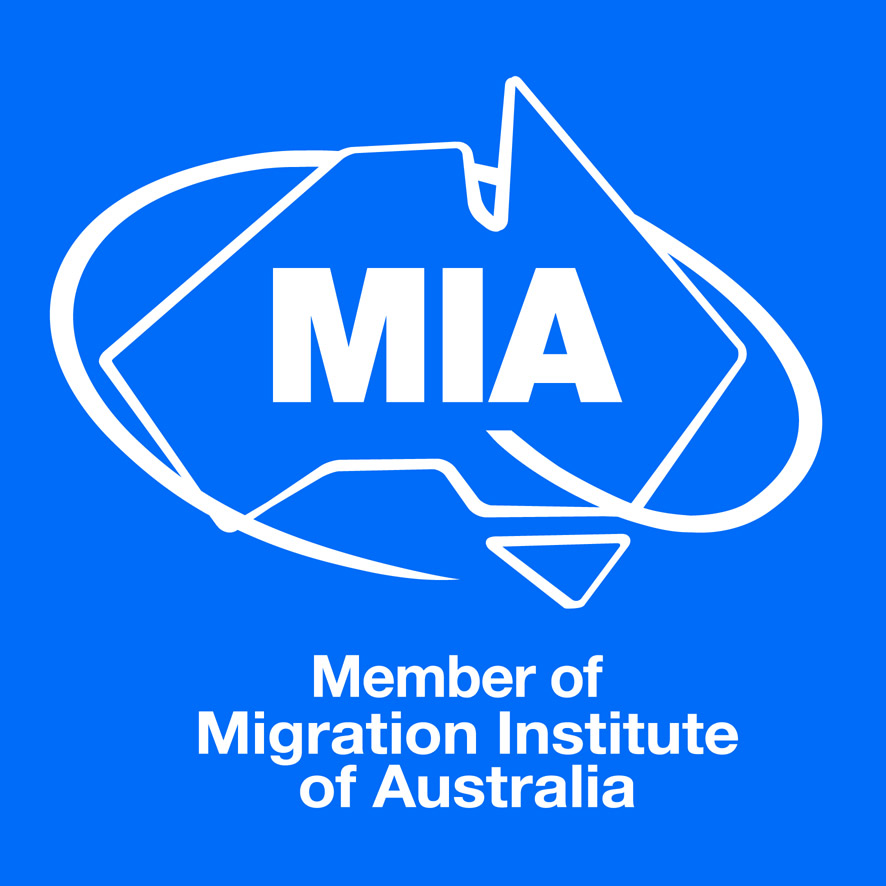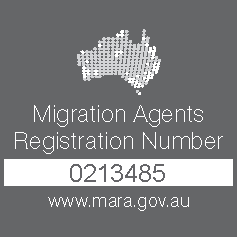Is It the End of the Road for Occupation Lists?
For many years now, skilled migration has relied on occupation lists to determine where skills shortages lie.
There are three lists:
– the Short-Term Skilled Occupation List (STSOL)
– the Medium and Long-Term Strategic Skills List (MLTSSL)
– the Regional Occupation List (ROL)
While these lists seem pretty straightforward, they’re not really reflective of current labour issues. These lists are based on occupations rather than jobs which is a very black and white view of an issue that has many shades of grey.
As an example, one of the occupations on the list is accountant. But what type of accountant? If you compare a senior accountant working for a multinational corporation and a graduate accountant working for a local business in a rural town, you’ll find there are many points of difference. Yes, they are both accountants but their level of education and experience, responsibilities and remuneration for the job they are each doing are very different.
In a recent Productivity Commission report, they mention a proposal from The Grattan Institute to scrap occupation lists in favour of a universal wage threshold of $70,000 per year which would cover highly skilled occupations.
What’s the reasoning behind this proposal?
The report showed that Australia’s migration settings were overly restrictive and prevented skills matching thus impacting productivity. In a climate where unemployment is at a 50-year low and the global competition for skills is high, Australia’s migration program needs to step up to ensure Australia it is still an attractive destination for skilled workers.
At the moment, skills shortages are defined by occupation. Given that any occupation is quite broad in terms of what it entails it leaves a lot of room for inaccuracies when it comes to skills shortage reporting. If you consider the process of developing occupation lists which is highly data-based, it’s a time-consuming process which can potentially see the lists outdated by the time they are published.
By proposing this universal wage threshold, the plan would involve reserving temporary sponsorship for higher-wage jobs. The proposal would allow employers to sponsor workers in any occupation, provided the job paid more than $70,000 a year and at least equal to that of an Australian doing the same job would earn.
However, it does mean that employers would not be able to sponsor migrant workers in jobs paying under $70,000. While some feel this would eliminate exploitation of migrants in lower-paid jobs there are others who argue that it hinders access for occupations in the areas of human services such as disability and aged care which are quite crucial.
Dumping the skilled migration occupations lists isn’t a new argument. For a long time now, authorities in the field have been calling for these lists to be scrapped. This proposal would add flexibility to Australia’s migration system and potentially deliver more for Australian businesses and the economy.
If you would like to learn more about Australia’s migration program or sponsoring overseas employees, contact the experienced team of registered migration agents at Visa Solutions Australia on 1800 008 828.
Looking to migrate to Australia? Get in touch today to see how we can help with the application process.







